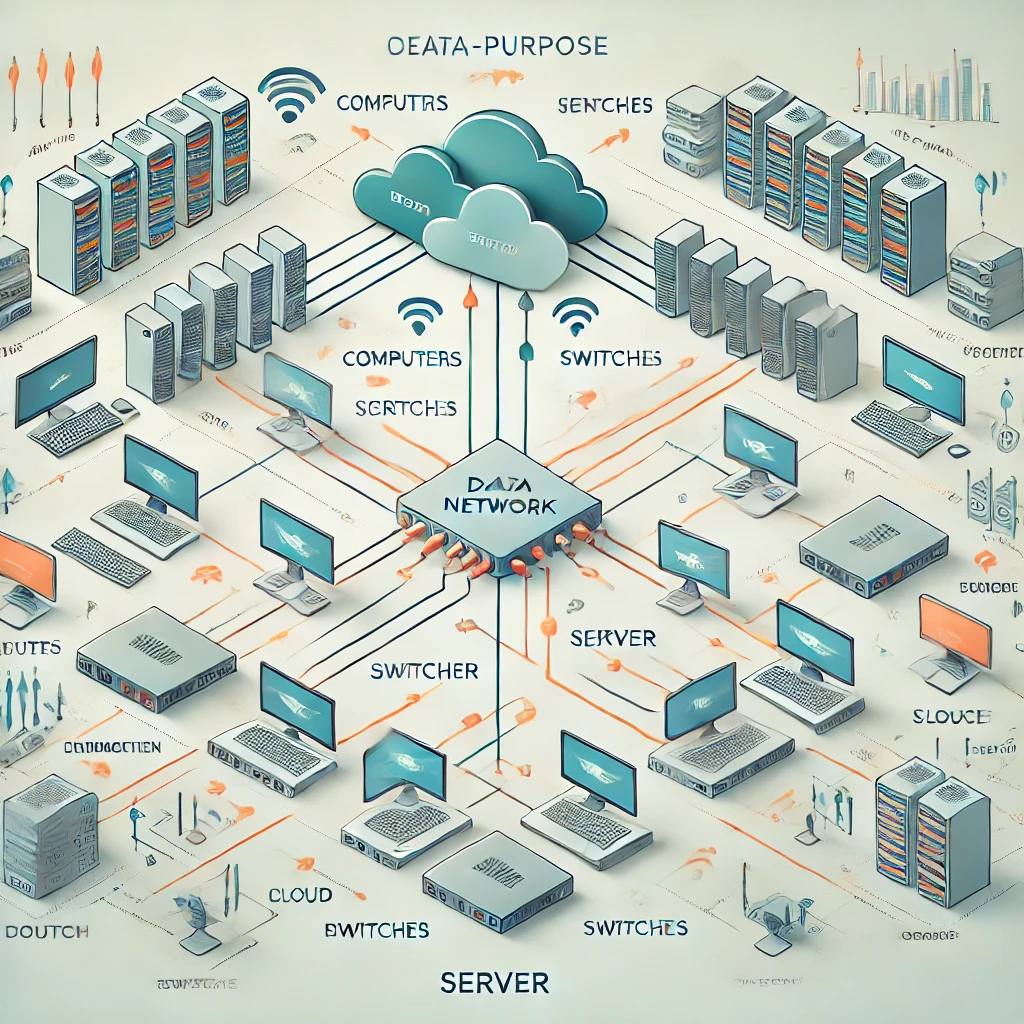Parity Check and Checksum: Safeguarding Data Integrity

Categories:
3 minute read
In the digital age, data integrity is paramount. As we rely increasingly on digital information, the need to ensure data accuracy and reliability becomes ever more critical. Two fundamental techniques, parity check, and checksum, play crucial roles in safeguarding data integrity.
Understanding Data Integrity
Data integrity refers to the accuracy, completeness, and consistency of data over its entire lifecycle. It ensures that data is not corrupted, altered, or lost during storage, transmission, or processing. Data integrity is essential for various applications, including databases, file systems, network communication, and data storage systems.
Parity Check: A Simple Yet Effective Technique
Parity check is a basic error detection technique that involves adding an extra bit, known as a parity bit, to a data word. The parity bit is set to 0 or 1 to make the total number of 1s in the data word even (even parity) or odd (odd parity).
How Parity Check Works:
Data Encoding: A parity bit is added to each data word.
Data Transmission: The data word with the parity bit is transmitted.
Data Reception: The receiver checks the parity of the received data word.
Error Detection: If the parity is incorrect, an error is detected. Limitations of Parity Check:
Single-Bit Error Detection: Parity check can only detect single-bit errors. It cannot detect multiple-bit errors or burst errors.
Limited Error Correction: Parity check does not provide error correction capabilities. Checksum: A More Robust Error Detection Technique
Checksum is a more advanced error detection technique that involves calculating a checksum value based on the data. The checksum value is transmitted along with the data. The receiver recalculates the checksum and compares it to the received checksum. If the two values match, the data is considered error-free.
Common Checksum Algorithms:
Simple Checksum: A simple checksum is calculated by summing the bytes of the data and taking the modulo of a specific number (e.g., 256).
Internet Checksum: The Internet checksum is a 16-bit checksum used in various network protocols, such as TCP/IP. It involves adding the 16-bit words of the data, discarding carries, and then taking the one’s complement of the sum.
Cyclic Redundancy Check (CRC): CRC is a powerful error detection technique that uses polynomial division to generate a checksum. It can detect multiple-bit errors and burst errors. Advantages of Checksum:
Multiple-Bit Error Detection: Checksum can detect multiple-bit errors and burst errors, making it more robust than parity checks.
Error Correction: Some checksum algorithms, such as CRC, can be used for error correction. Combining Parity Check and Checksum
In some applications, parity check and checksum can be combined to provide more robust error detection and correction. For example, a parity bit can be added to each byte of a data word, and a checksum can be calculated for the entire data word. This combination can detect and correct single-bit errors and detect multiple-bit errors.
Real-World Applications
Data Storage: Parity checks and checksums are used in RAID systems to ensure data integrity and redundancy.
Network Communication: Checksum is used in various network protocols to detect errors in data transmission.
File Transfer Protocols: FTP and SFTP use checksums to verify the integrity of transferred files.
Data Compression: Compression algorithms often use checksums to verify the integrity of compressed data. Conclusion
Parity checks and checksums are essential techniques for safeguarding data integrity in the digital age. By understanding the principles and limitations of these techniques, we can effectively protect our valuable data from corruption and loss. As technology continues to advance, it is crucial to stay informed about the latest developments in data integrity and error detection techniques.
Feedback
Was this page helpful?
Glad to hear it! Please tell us how we can improve.
Sorry to hear that. Please tell us how we can improve.